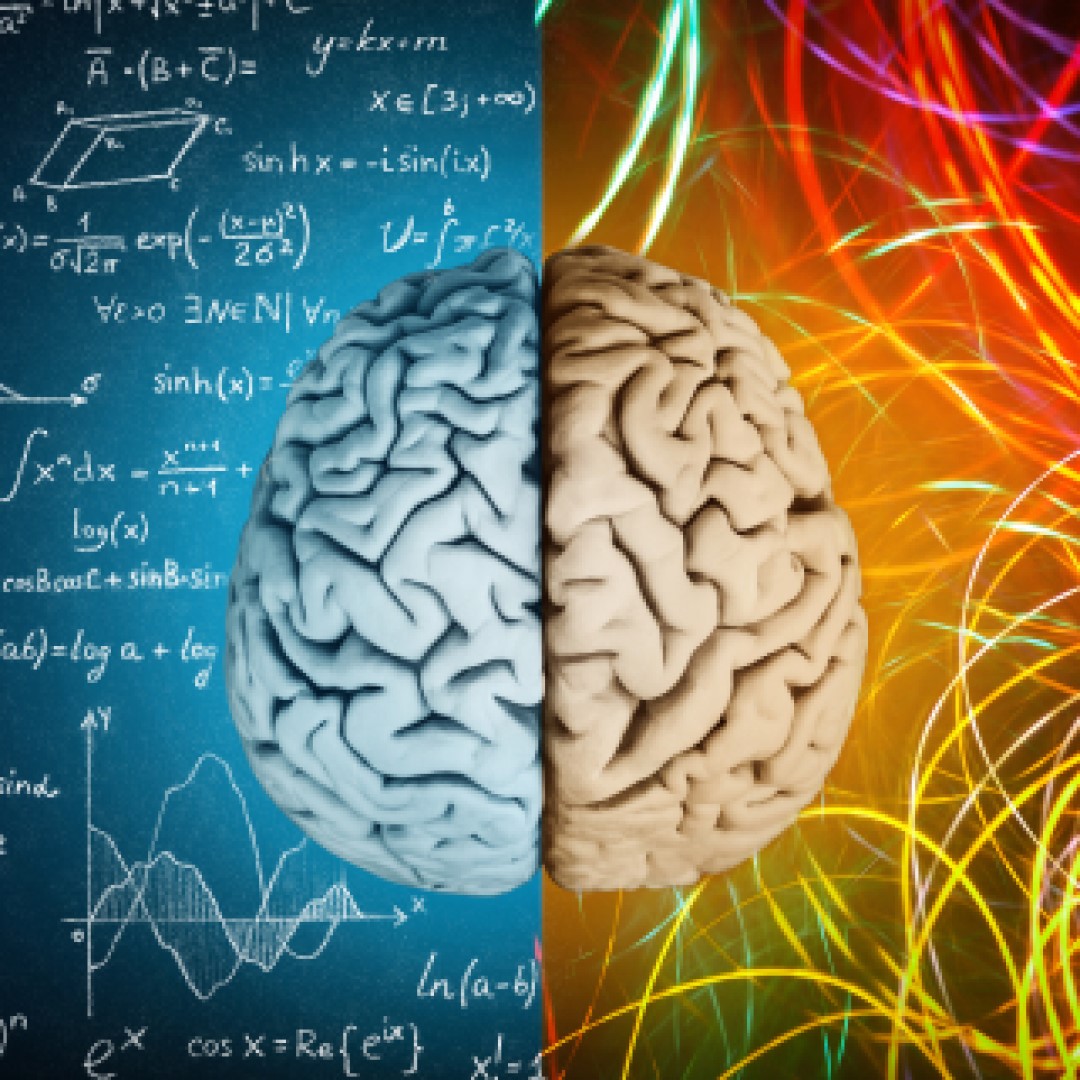
MIT researchers invent new human brain model to enable disease research, drug discovery
On Nov. 5, 2025, MIT researchers announced they have developed a new 3D human brain tissue platform, the first to integrate all major brain cell types, including neurons, glial cells, and the vasculature, into a single culture.
Grown from individual donors’ induced pluripotent stem cells, these models — dubbed Multicellular Integrated Brains (miBrains) — replicate key features and functions of human brain tissue, are readily customizable through gene editing, and can be produced in quantities that support large-scale research.
Although each unit is smaller than a dime, miBrains may be worth a great deal to researchers and drug developers who need more complex living lab models to better understand brain biology and treat diseases.
The more closely a model recapitulates the brain’s complexity, the better suited it is for extrapolating how human biology works and how potential therapies may affect patients. In the brain, neurons interact with each other and with various helper cells, all of which are arranged in a three-dimensional tissue environment that includes blood vessels and other components. All of these interactions are necessary for health, and any of them can contribute to disease.
Simple cultures of just one or a few cell types can be created in quantity relatively easily and quickly, but they cannot tell researchers about the myriad interactions that are essential to understanding health or disease. Animal models embody the brain’s complexity, but can be difficult and expensive to maintain, slow to yield results, and different enough from humans to yield occasionally divergent results.
MiBrains combine advantages from each type of model, retaining much of the accessibility and speed of lab-cultured cell lines while allowing researchers to obtain results that more closely reflect the complex biology of human brain tissue. Moreover, they are derived from individual patients, making them personalized to an individual’s genome. In the model, the six cell types self-assemble into functioning units, including blood vessels, immune defenses, and nerve signal conduction, among other features. Researchers ensured that miBrains also possess a blood-brain-barrier capable of gatekeeping which substances may enter the brain, including most traditional drugs.
In the future, the research team plans to add new features to miBrains to more closely model characteristics of working brains, such as leveraging microfluidics to add flow through blood vessels, or single-cell RNA sequencing methods to improve profiling of neurons. Researchers expect that miBrains could advance research discoveries and treatment modalities for Alzheimer’s disease and beyond.
Tags:
Source: Massachusetts Institute of Technology
Credit:
